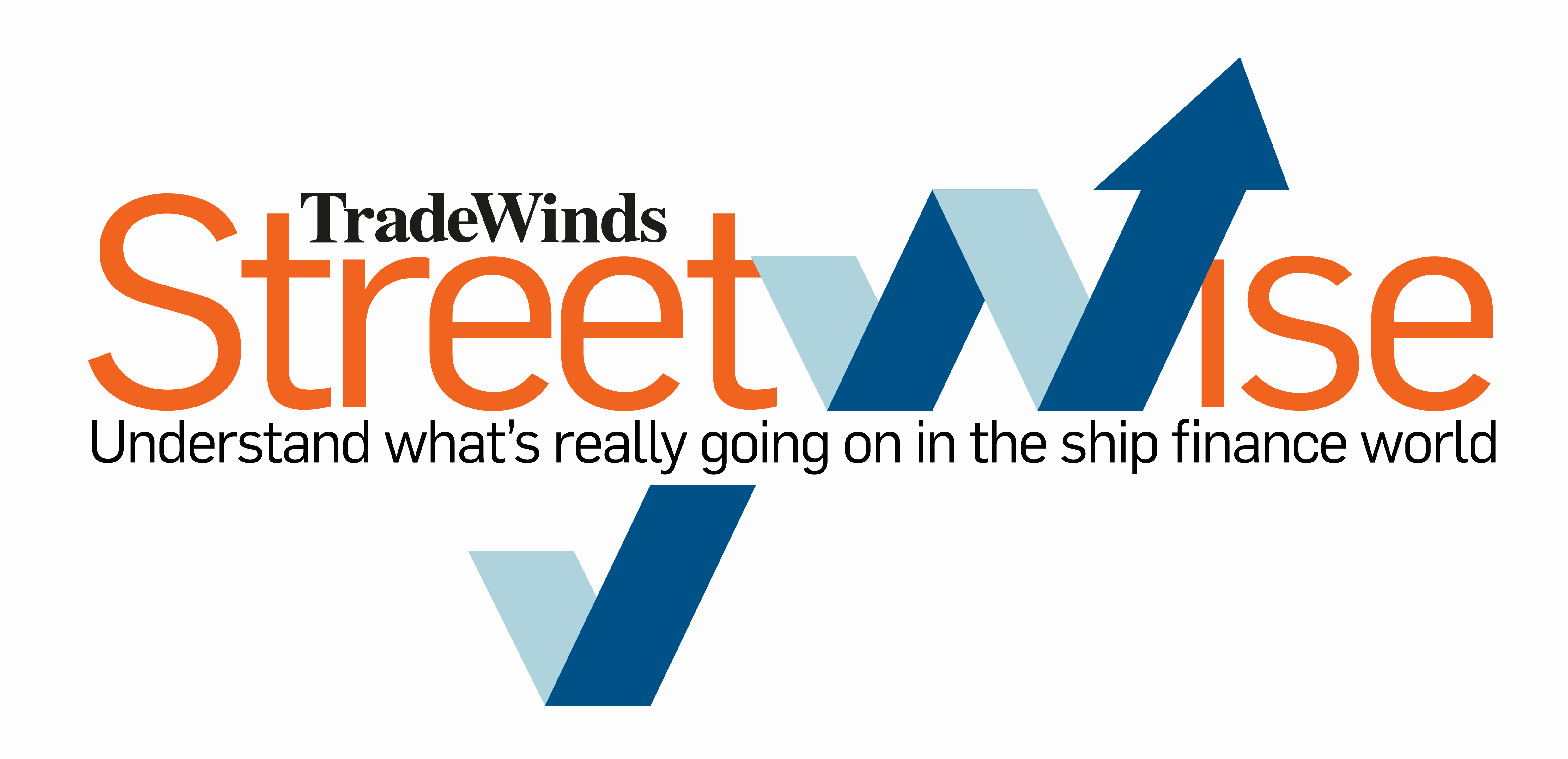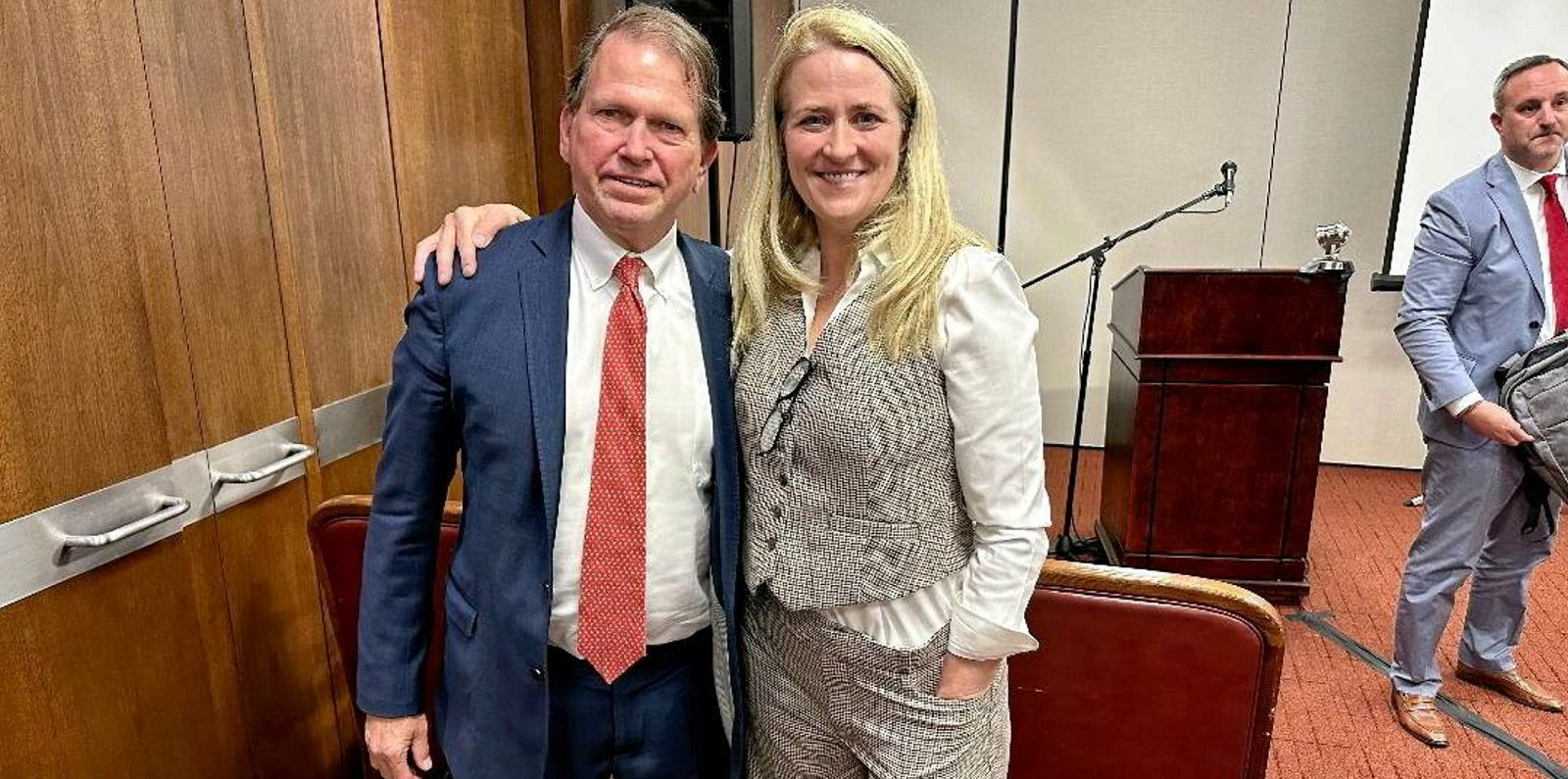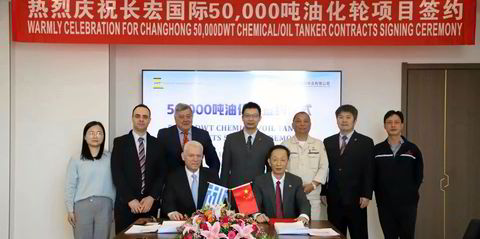International Seaways has a bit of a “problem” with its ageing fleet of MR tankers.
And that problem is they’re making too much money for the New York-based shipowner to do what might be the expected thing: selling them on.
To be clear, the company has been “pruning” the older product tanker tonnage for some time. It’s just that the current market makes it a tough call, given the heady rates available even to older vessels, as executives discussed on Wednesday on the quarterly earnings call.
Equity analyst Liam Burke of B Riley Securities questioned whether Seaways has received “any pushback on your older MRs”.
Management was able to answer largely by pointing to the $38,000 per day earned by its overall MR fleet last quarter, and the $38,100 booked so far this quarter.
“When the MRs are coming in at $38,000 per day for the quarter … at the moment, with the freight market like this, no, we’re not seeing too much discrimination on age,” said chief commercial officer Derek Solon.
Seaways did confirm in Wednesday’s earnings that it had “opportunistically sold” a 2009-built MR for net proceeds of $23m in April.
The tanker would appear to be the 48,000-dwt Pacific Jewel (built 2009), which TradeWinds reported in March had fetched between $23.7m and $25m from unnamed buyers.
TradeWinds also reported last month that Seaways was in advanced discussions to sell the 51,250-dwt Seaways Niagara and Seaways Nantucket (both built 2008) for about $25m each.
Most of Seaways’ MRs of that vintage came over in the 2021 acquisition of Diamond S Shipping in a $416m all-stock deal.
“Those ships have more than paid for themselves since 2021,” said chief executive Lois Zabrocky. “We’ve been selling MRs for more than what we paid for the vessels.”
But even as Seaways modernises the fleet with transactions such as the six MRs built in 2014 and 2015 that were acquired from Wayzata Investment Partners for $232m, it still makes sense to keep some of the “15 plus” tonnage around.
Executives also shed more light on the enlarged order for six LR1 newbuildings from South Korea’s K Shipbuilding, in which the owner declared two options from an initial firm order of four.
All are earmarked for Seaways’ niche Panamax International trade in South America in partnerships with Chile’s Ultranav and Ecuador’s Flota Petrolera Ecuatoriana, better known as Flopec.
Jefferies analyst Omar Nokta volunteered on the call that he continues to be impressed by the results, as Seaways’ LR1s earned a time charter equivalent of $66,300 per day last quarter that he called “well above the global average”.
In reply, Zabrocky confirmed that all of the newbuildings were heading in that direction.

“The LR1s will be added to that customer base and trading sector,” she said. “The age profile of that sector is quite old.”
Solon added that the newbuildings are being built to the “old” Panama Canal beam specifications that will allow them to continue to transit the passage.
This is something that most modern LR1s cannot do because of their broader beams, which helps eliminate competition and fuel the premiums Seaways is able to achieve in the trade, he said.





